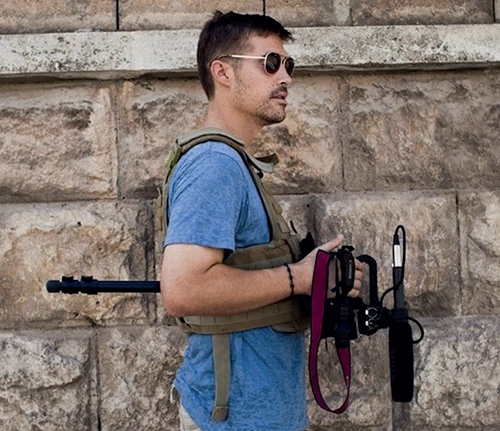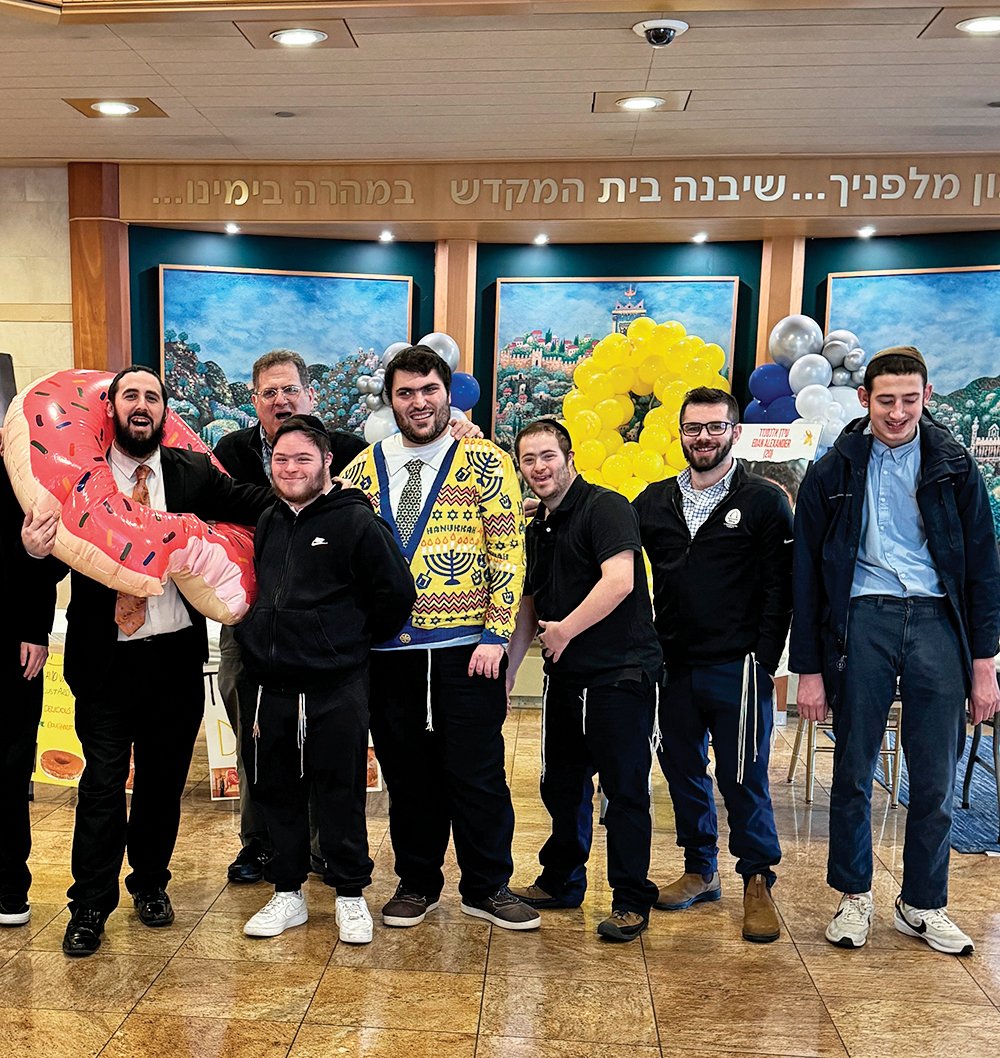
The chilling video showing the apparent murder of the journalist James Foley by the Islamic State has reinforced the terrible risks involved in the brave and important role that journalists play in reporting from overseas conflicts. In a 2012 interview with the BBC, Foley said: “I’m drawn to the drama of the conflict and trying to expose untold stories.” However, as we know from recent accounts, many other foreigners are also drawn to the conflict in Iraq and Syria and indeed it appears that Foley’s murderer was British.
It is easier for us to understand how a foreigner might go to such places to report on the conflicts taking place and to see the need for it than it is to understand why someone might choose to risk his life fighting for people they have never met in a country that isn’t theirs. And yet there are believed to be around 500 British fighters in Syria and Iraq as part of approximately 10,000 foreigners fighting alongside local insurgents.
Of course, there is a long history of people heading off to fight in foreign countries, and recent research by David Malet, covering cases such as the Texan Revolution, the Spanish Civil War, and more recent conflicts in Afghanistan and Syria, has shown that, on balance, foreign fighters are more likely to be involved in high-risk conflicts. In 2007, records of nearly 700 foreign fighters were found in Iraq, which had been compiled by groups affiliated to al-Qaeda. These detailed forms showed that 56% of these fighters wanted to be suicide bombers (this was even higher for some nationalities–85% of Libyans preferred martyrdom).
Other research of more than 500 suicide bombings in Iraq between 2003 and 2006 suggested that many, if not most, of the bombings were carried out by people from outside the Arabian peninsula. This research also pointed out that many of these recruits came from countries that didn’t have national military service, so suicide bombing was a way of using to maximum effect these volunteers who lacked the fighting skills to be useful in conventional attacks.
In all the research the data suggest that the majority of recruits are young, unmarried men. As I have written before, to suggest that they were brainwashed into fighting abroad misses the point–they chose to be there. Understanding how they were recruited is the important point to focus on.
My own research looks at how non-negotiable beliefs play a role in motivating and justifying violent behavior. One aspect of this is the creation of a wider communal identity and the sense of a threat to it. Research by Malet and Thomas Hegghammer has shown how recruiters use emotive imagery and arguments (including on social media) to demonstrate how the wider transnational community is under imminent threat.
Broadening specific conflicts into a more inclusive abstract threat is one way of doing this–so Serbs versus Bosnians becomes Christians versus Muslims, and Assad versus protesters becomes Western puppet regimes or false Muslims versus true (in this case Sunni) Muslims. Of course, this isn’t a process unique to Islam–in the past Communism was another example of a notable “threatened” transnational ideology that successfully recruited foreign fighters to several conflicts. Indeed, transnationalizing conflicts has been shown to be a useful tool in many conflicts where one side lacks other means to increase its resources (as is common in small insurgencies against national armies).
This process of highlighting the threat to the community and generating a sense of fear is especially effective in people who have a stronger identity to that community than they do to their state identity. So Malet argues that people who might be marginalized within their home countries might be more likely to leave those countries as the ties of state identity are weaker than the sense of duty to their transnational community. The sense of fear and the sense that they are fighting for a losing cause may be one reason why they are more likely to engage in high-risk action than the local insurgents, that and the fact that they have less family and other assets in the area that need protecting.
Quite aside from the terrible carnage that these fighters are causing abroad, as brought home to us in the disturbing video of James Foley’s awful murder, is the threat of what these foreign fighters might do when they return home.
Hegghammer’s research shows that only one in nine foreign fighters will be involved in violent plots when they return to their home countries. However, Hegghammer’s data suggest that plots involving veterans of overseas conflicts are more likely to come to fruition by a factor of 1.5 and there are double the chances of fatalities if a veteran is involved.
As in most research on terrorism, the data come from small groups of people (thankfully there aren’t many foreign fighters or terrorists) so findings must be given the appropriate caveats. But as the murder of James Foley appears to have shown, foreign fighters are involved at the heart of the violence abroad, and understanding how they got there and what they might do on their return is an important task to which all carefully researched findings can contribute.
Disclosure Statement: Matthew Francis receives funding from the RCUK Global Uncertainties program. He edits RadicalisationResearch.org, which highlights academic research into radicalization, extremism, and related issues. Lancaster University provides funding as a Founding Partner of The Conversation.
By Matthew Francis/www.theconversation.com Senior Research Associate, Department of Politics, Philosophy and Religion at Lancaster University













